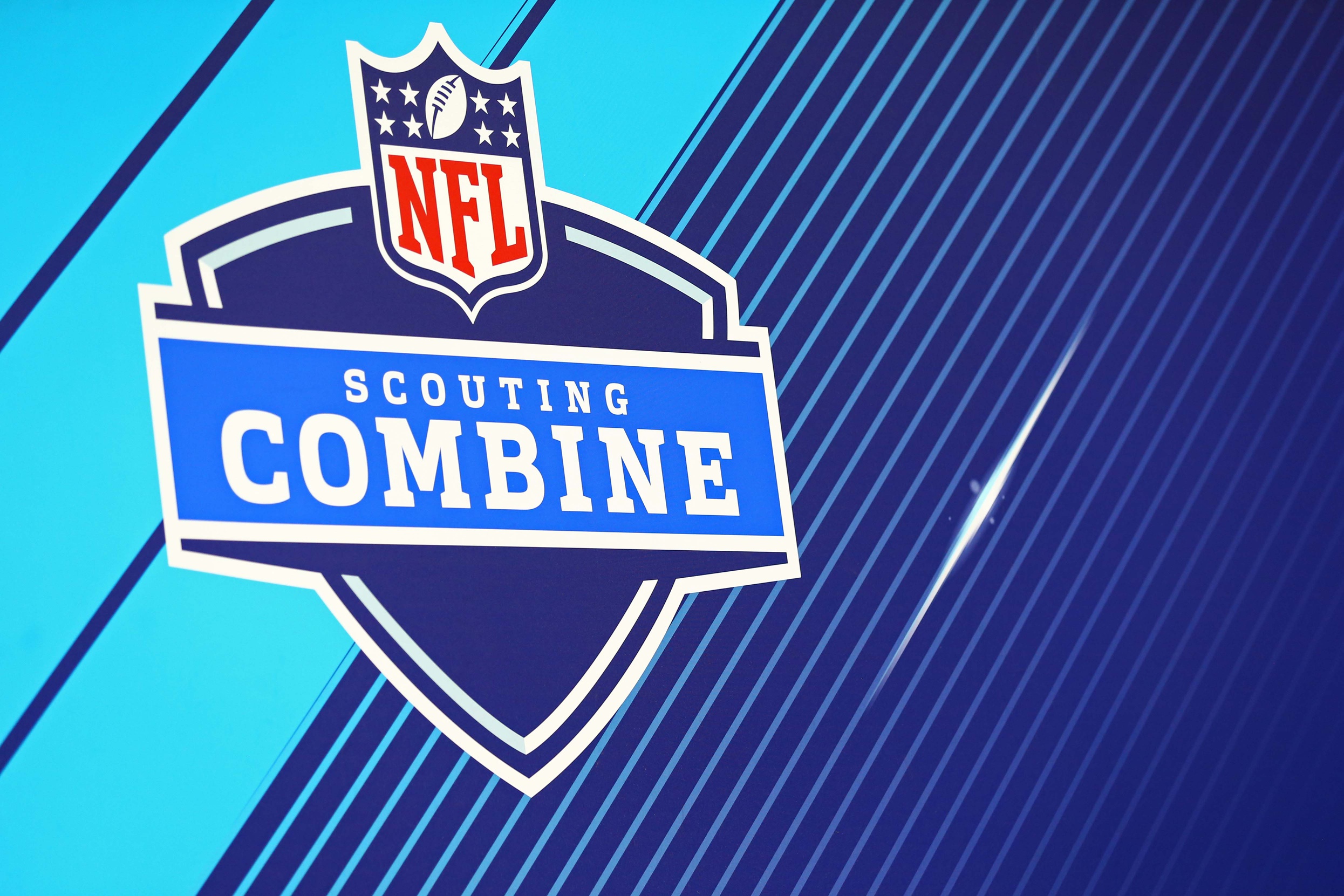Extraordinary extenuating circumstances in 2020 led to one of the most bizarre seasons in NFL history, and heading into the 2021 offseason, well, that trend continues as the COVID-19 pandemic persists.
A memo sent to all 32 teams recently outlined all the changes being made to the NFL Combine this year, and it’s worth taking a closer look at what these adjustments are.
While teams would ideally like to evaluate players in person at this annual event, it might actually be for the best that the league is experimenting with this new format in 2021.
Breaking down biggest changes to 2021 NFL Combine
There will be no in-person workouts — only be pro days on campus. Pro days are nothing new to NFL teams, but the pro days will hold greater ramifications than in years’ past. Pro days usually garner attention when an injured prospect cannot perform at the combine but can play at their school’s pro day.
Also, all interviews will be conducted virtually. Zoom calls have become commonplace, and this should not be a big adjustment for teams’ scouting departments and personnel leaders.
As for medical testing, these exams will be allowed in person but will be limited. How this will look is unknown, but teams need to be able to conduct medical examinations.
It will take adjusting from scouts and personnel leaders, but ultimately, teams should be able to scout properly. The new format actually might be a positive for NFL teams.
Why the 2021 NFL Combine changes should be permanent
There are prospects who crush the combine but struggle in the NFL
The NFL Combine is a display of pure physical capabilities. Tests like the 40-yard dash are marveled at, as the fastest players in each draft class showcase their tremendous skill in straight-line speed.
John Ross became a household name at the 2017 combine due to him breaking the record for the fastest 40-yard dash in NFL history (4.22 seconds). The Bengals drafted Ross with the No. 9 overall pick in part as a result of the hype generated from his 40 time, and Ross has not lived up to expectations. He’s battled the injury bug his entire career only playing in more than 10 games during the 2018 season. In four years, Ross has only accumulated 733 receiving yards.
Sometimes, the NFL Combine gives a false perception of a player’s ability. The game of football is more than physical talent. It’s much more about what’s seen in the film room on game tape.
However, to focus on the flip side of that for a moment, the combine can put players on the radar who struggled in college, be it due to injury or other reasons.
For instance, D.K. Metcalf shined in the 2019 combine with crazy measurements, a fast 40 and explosive athletic ability. The Seahawks took a risk on the Ole Miss receiver in the second round, and he became a star. The culprits for Metcalf falling so far in the draft were his 3-cone and 20-yard shuttle run times, where he infamously clocked in slower than the GOAT himself, Tom Brady.
Metcalf has evolved into one of the best receivers in the NFL. The combine gave him the spotlight needed to be drafted by Seattle.
Pro days will allow players to still compete in 40-yard dashes and other physical tests. Even though the absence of the combine will take the spotlight off these physical testimonies, all the teams will still have the bottom-line information. There may not be as much fanfare, but the extremely profitable NFL is probably going to be just fine without the combine. Despite the undeniable buzz it creates, there’s enough buildup to free agency and the draft to tide football fans over.
Poor combine debuts might falsely tank a player’s draft stock
Just like there are stars at the combine, there are also duds. Some players do not compare physically in comparison to others, and this might tank their draft stock.
Speaking of Brady, his combine outing lives in infamy due to how poorly he performed. He recorded a 5.28 40-yard dash, which was the second slowest among quarterbacks in the 2000 class. His vertical was 24.5 inches, and he opted not to participate in most of the other events (besides throwing ones, of course).
The artist now known as TB12 fell to the New England Patriots with the No. 199 pick, and six Super Bowls later he’s earned the status as the greatest of all-time. It’s safe to say the combine is not always a measure of greatness.
Of course, players like Brady are few and far between. What he had between his ears in terms of football IQ, mental toughness and intrinsic, competitive drive was much more than anything that could be measured with trivial combine testing.
Draft prospects burn so many resources and time in training for the specific tests they must perform well in to (hopefully) boost their stock at the NFL Combine.
Perhaps by taking the glamour out of it, teams will come to the realization that a less-hyped combine, and more focus on adjusting in other areas from college to the NFL world, might actually help players prepare better for the league itself. That could well result in more draft picks hitting, and a larger pool of talent coming into pro football each year.
Indeed, the 2021 NFL Combine could become the new normal. It’s very possible this year will set a precedent that’ll actually aid the evaluation process and player development in the long run.

